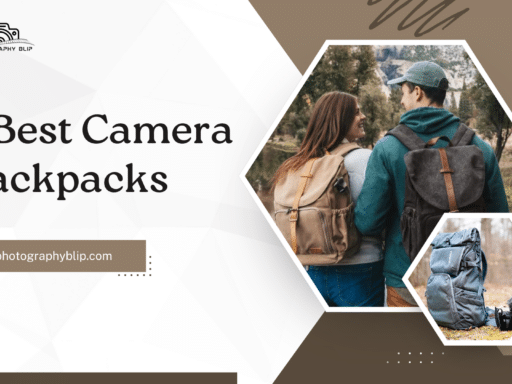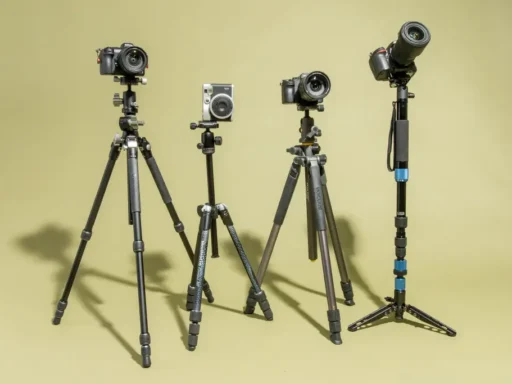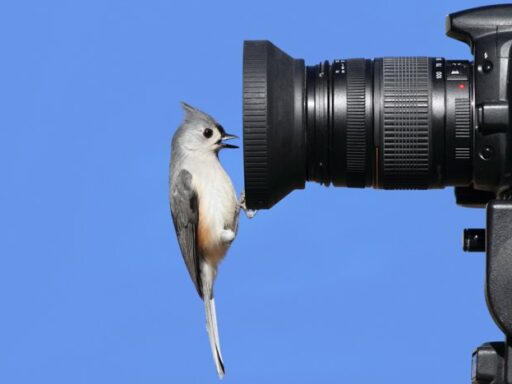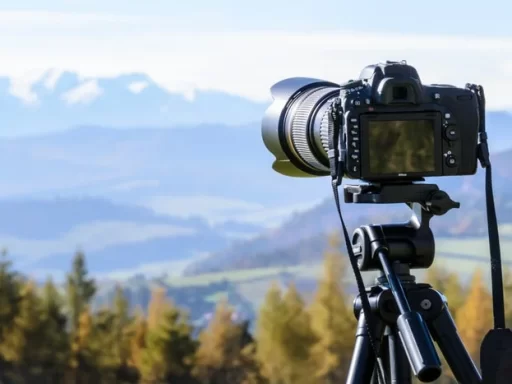
Photographers know the importance of focal length and how it affects the appearance of the subject to be captured. When deciding to opt for a lens, I must say that focal length is mostly the first priority of the photographer so as to capture the image exactly how they picture it in mind. For photograph avids, the best camera, the right gear, and sound knowledge of camera settings are important. No matter if you opt for bird photography or landscape photography, if you understand the concept of focal length in photography with all its nuances and intricacies, you will rock your shoot. Basically, focal length determines how zoomed-in or zoomed-out the subject is going to be. So, are you ready to gain insights into this important concept in the photography world? Let’s have a look at this phenomenon and how to adjust it following personal inclinations.
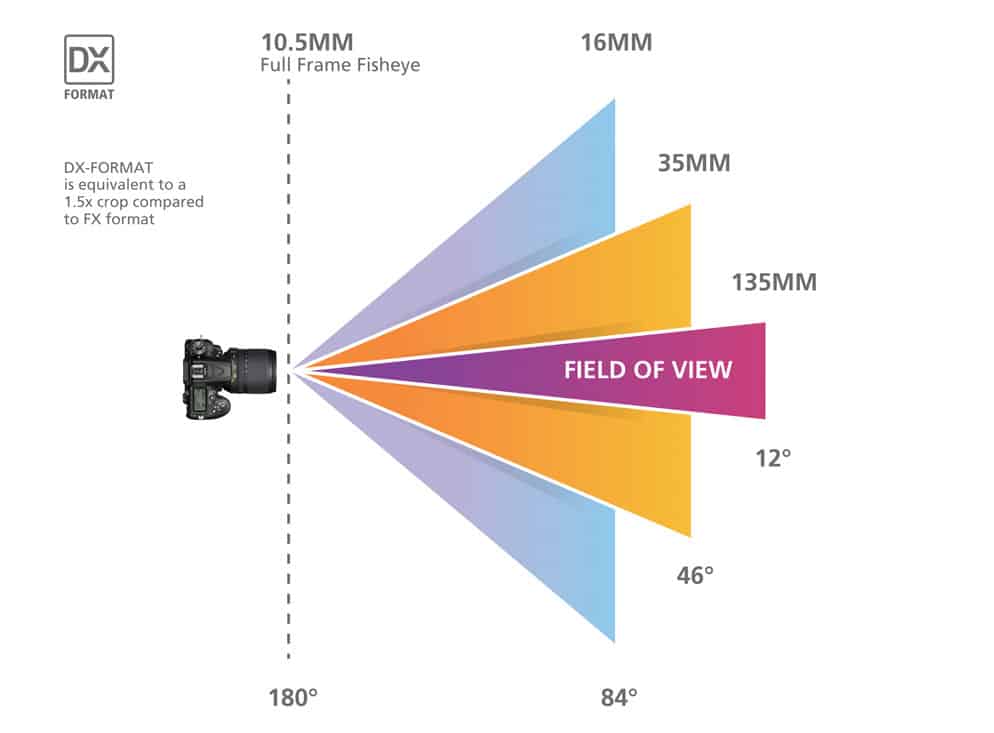
What is Focal Length in Photography?
Folks, do you want to have control over how much of a scene you want to capture? Then, let’s embrace the idea of focal length. From the perspective of the camera lens, the focal length is the distance, commonly expressed in millimeters (mm), between the lens and the image sensor while the subject is in focus. It is an essential feature of a lens and has a big impact on the way a picture is taken. The angle of view (how much of the scene is caught) and the magnification (how huge the subjects seem) are determined by the focal length.
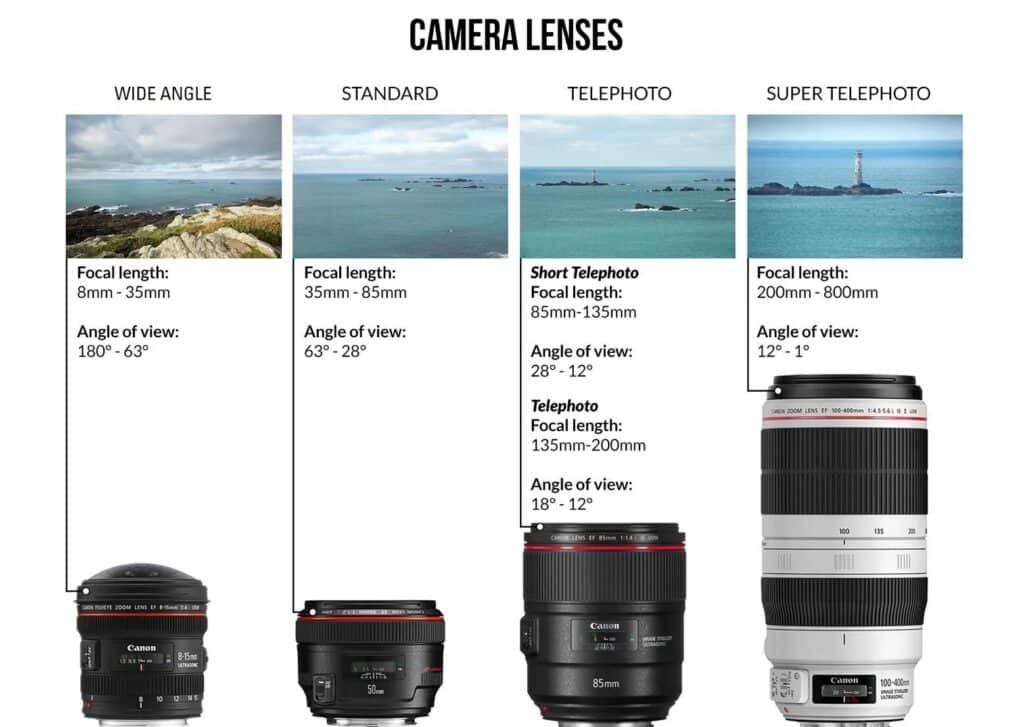
Categories of Camera Lens
Camera lenses generally fall into three primary categories based on their different focal lengths:
1. Wide-Angle Lenses (14-35mm): The first category entails the wide-angle lens. With their wide angle of view, these lenses are perfect for taking pictures of interiors, architecture, and landscapes. They do a great job of highlighting the sense of space and capturing more of the environment.
2. Normal Lenses (35-70mm): For a perfect focal length in photography, you should know about the normal lenses that are most commonly used by professionals. Also called standard lenses, these imitate the viewpoint of the human eye and give a realistic portrayal of the scene. They are adaptable and appropriate for many types of photography, such as street, portrait, and candid daily photos.
3. Telephoto Lenses (70mm and above): Last but not least comes the telephoto lens with 70 mm. These lenses are ideal for wildlife photography, sports, and portraiture because they have a narrower angle of view and can bring faraway subjects closer. By compressing the viewpoint, they separate the subject from the backdrop by producing a shallow depth of field.
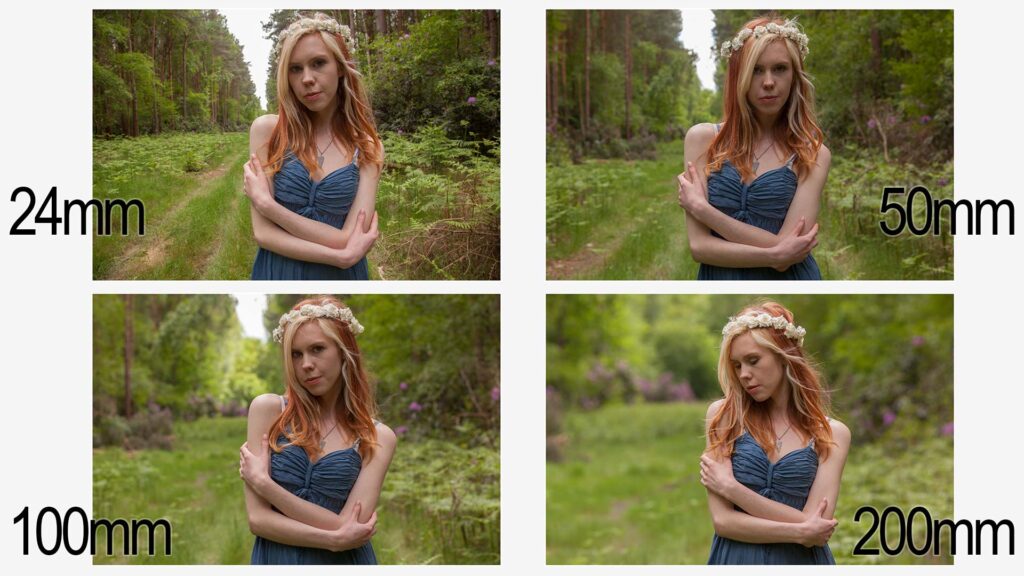
How Does Focal Length Impact Photography?
You can literally make something look like a giant like the Hulk or a tiny dwarf by having good control over the common focal lengths. In this section, we will define how focal length impacts the photography.
1. Angle of View: The area of the picture that a camera lens can record is known as the angle of view. With their wide angle of view, wide-angle lenses are good for taking pictures of large-scale subjects. Conversely, telephoto lenses enlarge distant subjects and focus on a smaller portion of the picture due to their narrower angle of view.
2. Perspective and Distortion: It simply depends on which camera lenses you are using, and the factors related to imagery relatively change with the focal length.Wide-angle lenses tend to exaggerate the distance between objects, making foreground elements appear larger and background elements smaller. Focal length influences perspective and how spatial connections are rendered in a photograph.
In addition to compressing the picture and making objects appear closer together, Telephoto lenses can also introduce distortion, especially at the borders of the frame, which can be problematic when trying to separate subjects and create a sense of intimacy.
3. Depth of Field: The range of distance that appears sharp within a scene is referred to as depth of field. More of the scene is usually kept in focus with wide-angle lenses because they have a higher depth of field. On the other hand, telephoto lenses have a lower depth of field. This allows you to achieve a beautiful bokeh effect, which emphasizes the subject by gently blurring the backdrop.
4. Magnification: Focal length affects the subject’s magnification as well. Wide-angle lenses reduce the subject’s size in relation to the background, making them less appropriate for detailed close-ups; in contrast, Telephoto lenses enlarge the subject, making them look larger in the frame, which is great for catching details from a distance.
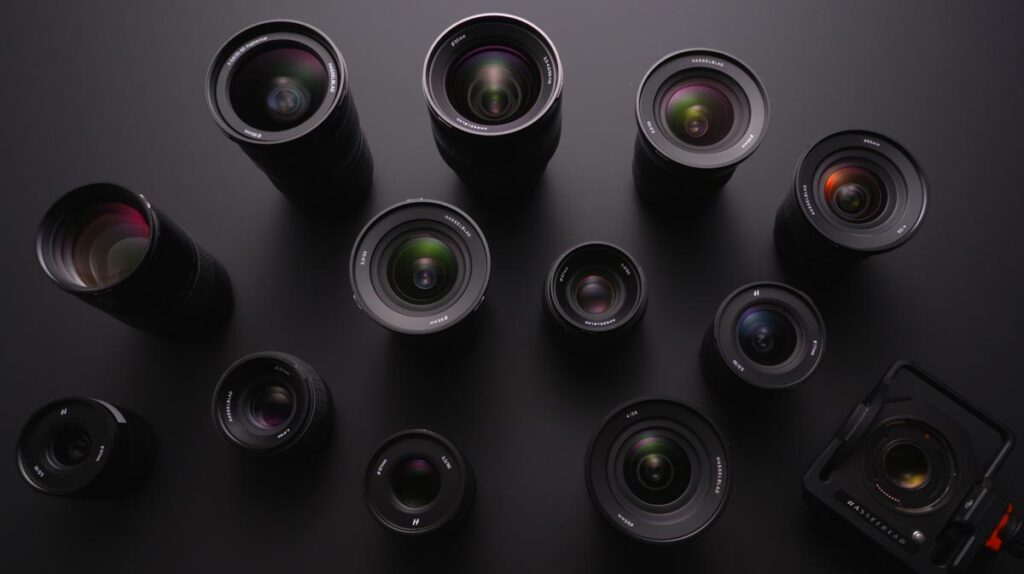
Selecting the Right Focal Length for Photography Endeavors
If you have the right definition of focal length, you will be well-equipped to select the right focal length. The focal length that works best for a given subject, shooting conditions, and intended artistic effect are all taken into consideration. Here are a few useful things to think about:
1. Landscape Photography: To capture expansive, sweeping panoramas, landscape photographers frequently employ Wide-angle lenses. In order to enhance depth and perspective, photographers can capture more of the scene with a fixed focal length of 14–24mm. However, be aware of chromatic aberration, especially when working with close-to-frame objects.
2. Portrait Photography: For portraiture, photographers recommend using telephoto lenses between 85 and 135 mm. These lenses enable a shallow depth of field to blur the backdrop and accent the subject while somewhat compressing facial features to create a pleasing perspective. In addition, you can bring the eyes of the subject into crisp focus by manually focusing.
3. Street Photography: Street photographers prefer standard focal length lenses of 35–50mm because of their adaptability and natural viewpoint. They are flexible to different lighting conditions and compositions, allowing photographers to record natural moments without being intrusive.
4. Wildlife Photography: To take pictures of animals from a distance without upsetting them, telephoto lenses are necessary. Photographers frequently utilize zoom lenses with focal lengths of 200mm and above because they provide the reach needed to take close-up pictures of elusive subjects. A big maximum aperture on a telephoto lens can also aid in maintaining a fast shutter speed in low light, which is essential for getting sharp photos of moving wildlife. These are examples of different photography styles in relation to focal length.
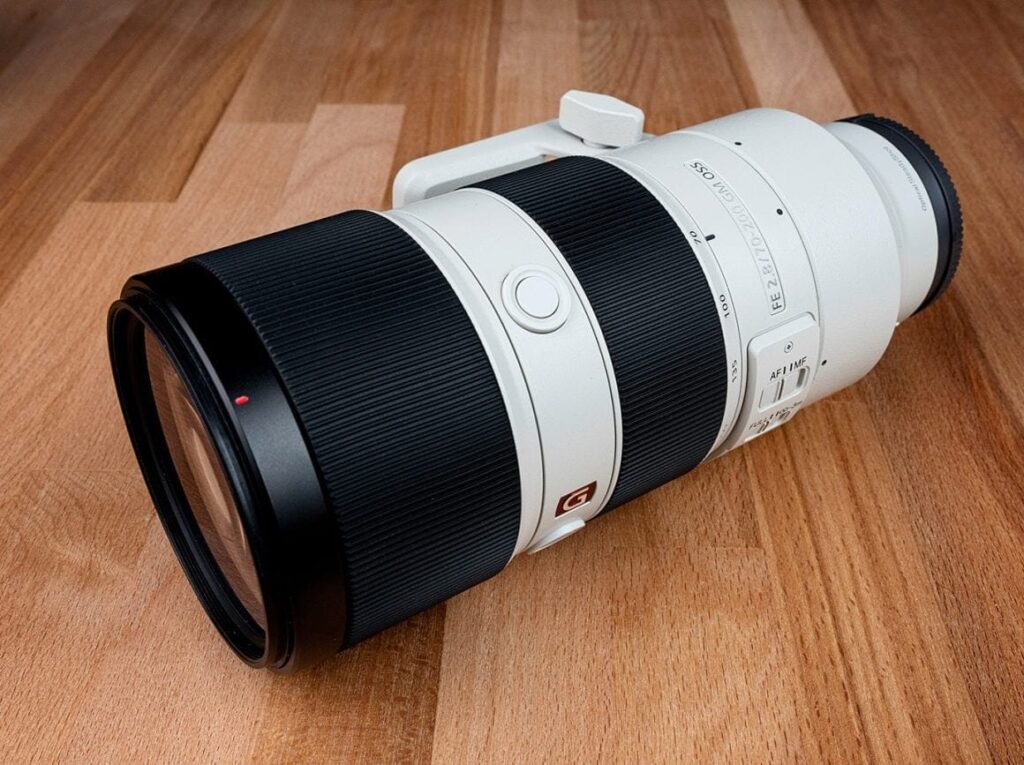
Experimenting with Focal Length in Photography
Practical experimentation is just as vital as understanding the technical aspects of focal length. The following advice can help you in discovering and mastering focal lengths:
1. Practice with Different Lenses: Comparisons of different focal ranges and lenses will help you understand the differences quite clearly. Analyze the effects of various focal lengths on your photographs by experimenting with lenses. Take note of the shifts in angle of view, depth of field, and perspective. To prevent image degradation, you should constantly take the lens elements into consideration.
2. Use Zoom Lenses: Did you know that zoom lenses offer a variety of focal lengths? In fact, they are great tools for understanding how various focal lengths affect your photography. They are practical and flexible for everyday and travel photography.
3. Observe and Analyze: Examine how other photographers use focal length to produce the results you want by looking at their work. Take note of the camera lens selections made for various photographic genres and styles.
4. Take Notes: Document your observations and encounters with different focal lengths in a photography notebook. To have a better understanding of how focal length affects your photos, take note of the settings, circumstances, and results.
A key idea in photography is that focal length influences how we take pictures and view the world via our lenses. Photographers can come to informed options about lens choices and generate striking photographs that effectively communicate their artistic vision by being aware of its principles and consequences.
If you want to know the difference between short focal lengths and long focal lengths, check out this article.
Conclusion
Wrapping up, the article focused on one of the primary concepts in the world of photography, i.e., focal length. So, if you are new to photography and want to learn how focal length will impact the pictures you capture, read our article guide and have a better outlook on the basic concepts.


